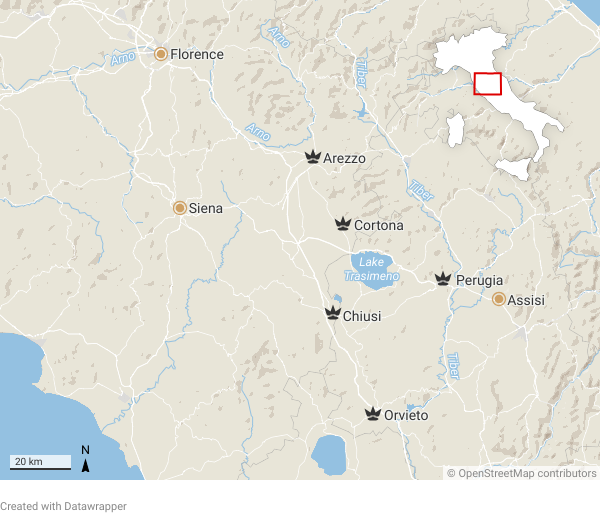What to see in Etruria near the border between Umbria and Tuscany
What to visit in Tuscany near Umbria and in Umbria near Tuscany? Asking this question is more or less equivalent to asking what to see in Eastern Etruria. Answering it is one of the fundamental purposes of this website, which, not by chance, is called Visit Etruria. If we add to this the fact that the writer has always lived in Eastern Etruria and has seen it far and wide, and even beyond, perhaps you should not consider this page to just be one of the many others on the subject. Here are some tips on what to see in Etruria not too far from the border between Umbria and Tuscany.
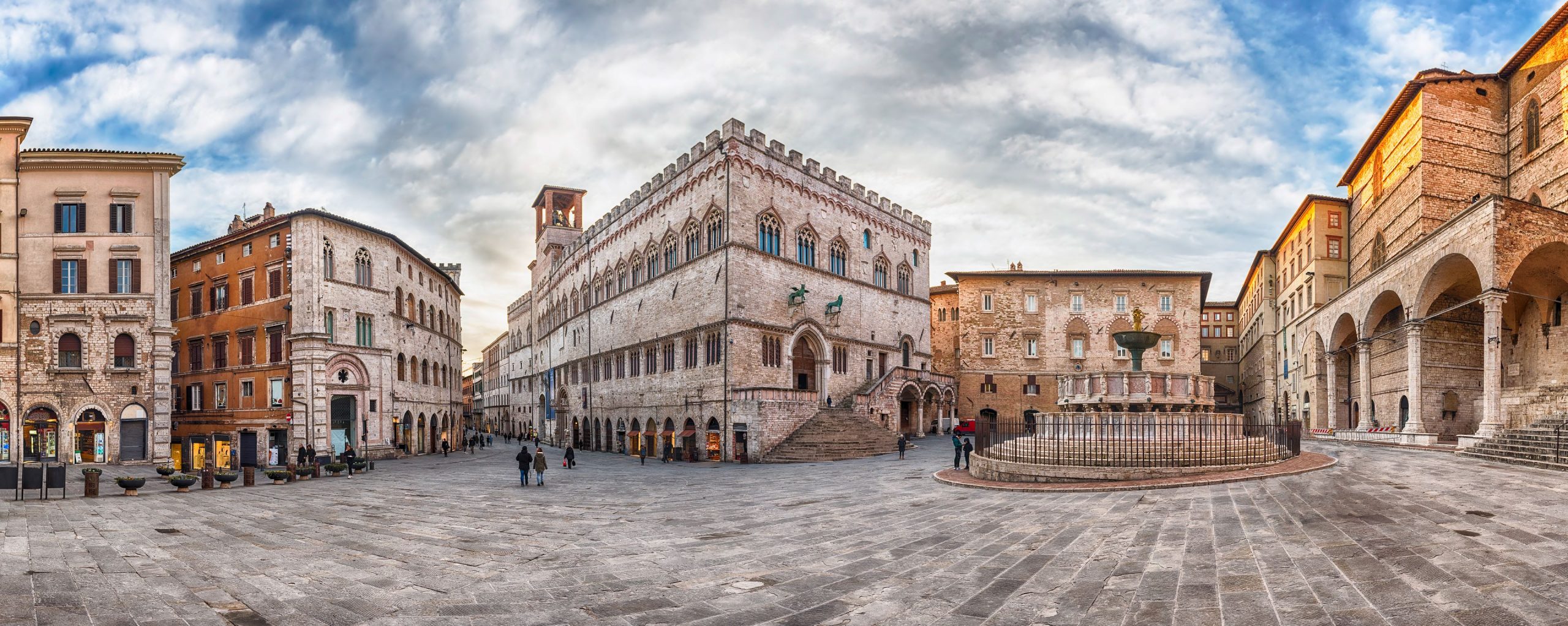
Perugia
It is not a metropolis, but it is by far the most populated city in Eastern Etruria. It is also the most eastern municipality. The piazzas in the centre give a good demonstration of this city’s millennia of power. In the Cathedral there is a ring that is said to have belonged to the Virgin Mary. Its cloister is home to the 25 halls of the unmissable Museo Capitolare and underground you can find the Etruscan and Roman acropolis. Perugia is also a city of chocolate, and in fact you can find artisanal chocolates to suit all tastes. Speaking of chocolate, outside of the centre you can visit the Casa del Cioccolato Perugina. If you have kids to entertain, the first Italian amusement park is just outside the city: Città della Domenica. More info about Perugia.
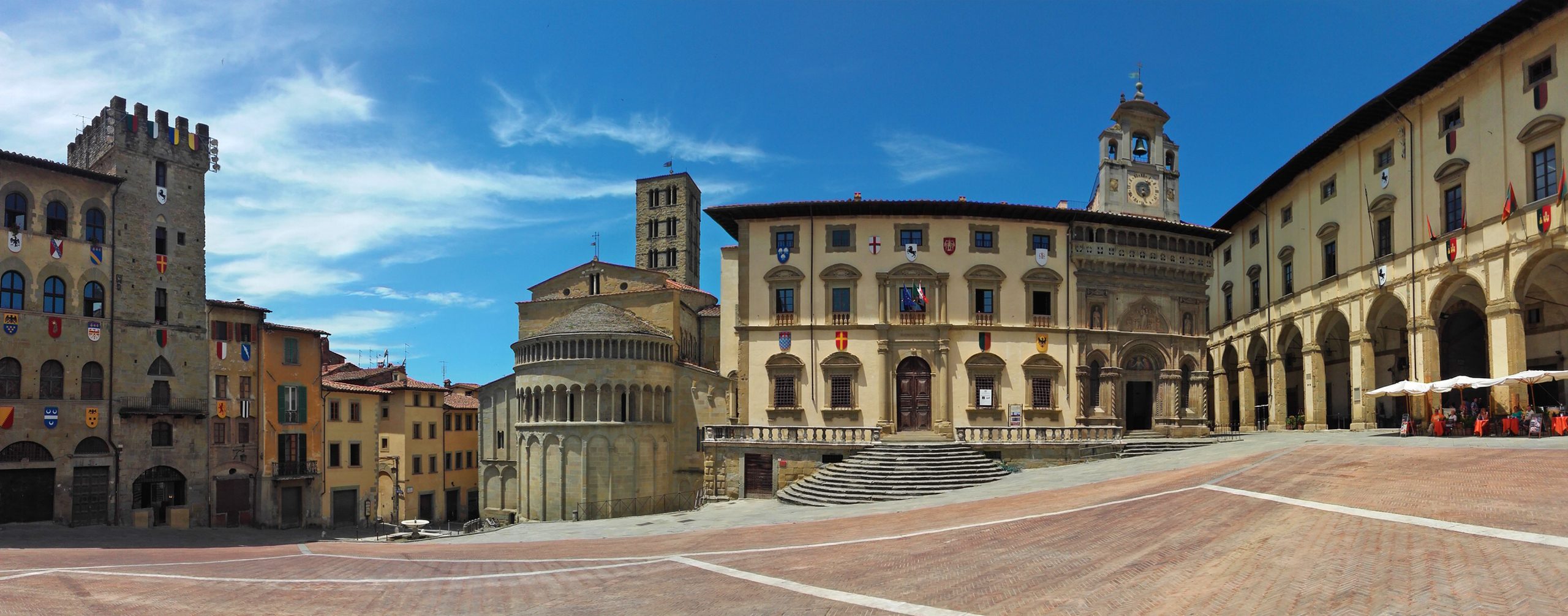
Arezzo
This is the second most populated city in Eastern Etruria. It is home to the Giostra del Saracino, the most famous equestrian event in Italy after the Palio di Siena. It takes place in Piazza Grande, which was also made famous by the film ‘Life is Beautiful’ by Roberto Benigni. Near it are frescoes by Piero della Francesca in the Basilica of San Francesco, the Cathedral and the Casa Museo di Vasari. With its markets, Arezzo is also a Christmas city, and above all it is a city of gold, so the range of jewellery available is second to none. More info about Arezzo.
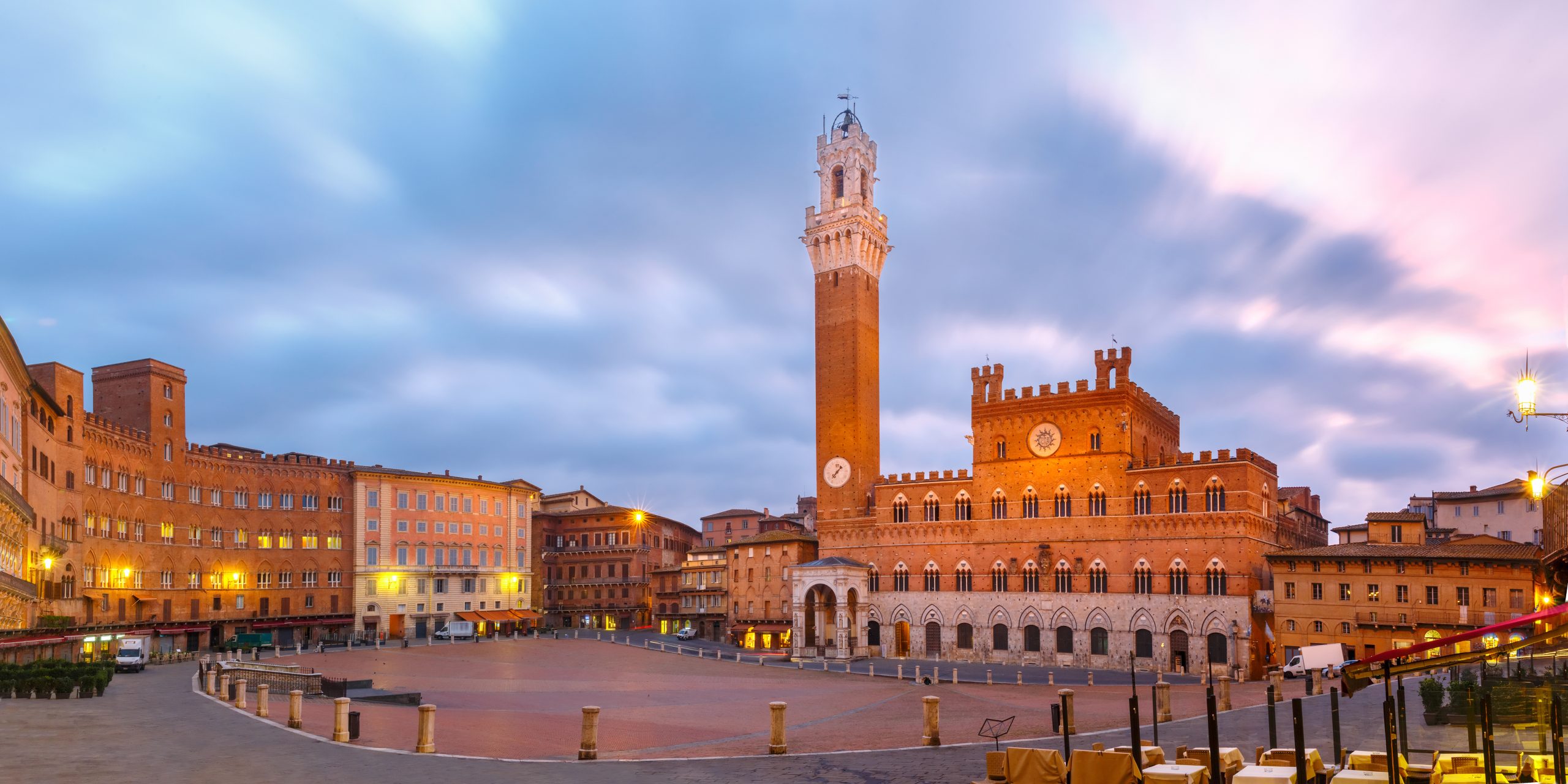
Siena
Although it is in the centre of Etruria, Siena has a good road connection with the centre of Eastern Etruria, so we’re recommending it too. It is a small city but Piazza del Campo, where the famous Palio is held, is one of the most beautiful in Italy. In particular, from there you can access the Palazzo Pubblico, where the Museo Civico (Civic Museum) is located, and the Torre del Mangia, from which you can admire all of Siena and the surrounding hills. Be warned that there are around 400 steps leading up to the tower. There are also other things to see, but the main ones are the Cathedral and the Baptistery. More info about Siena.
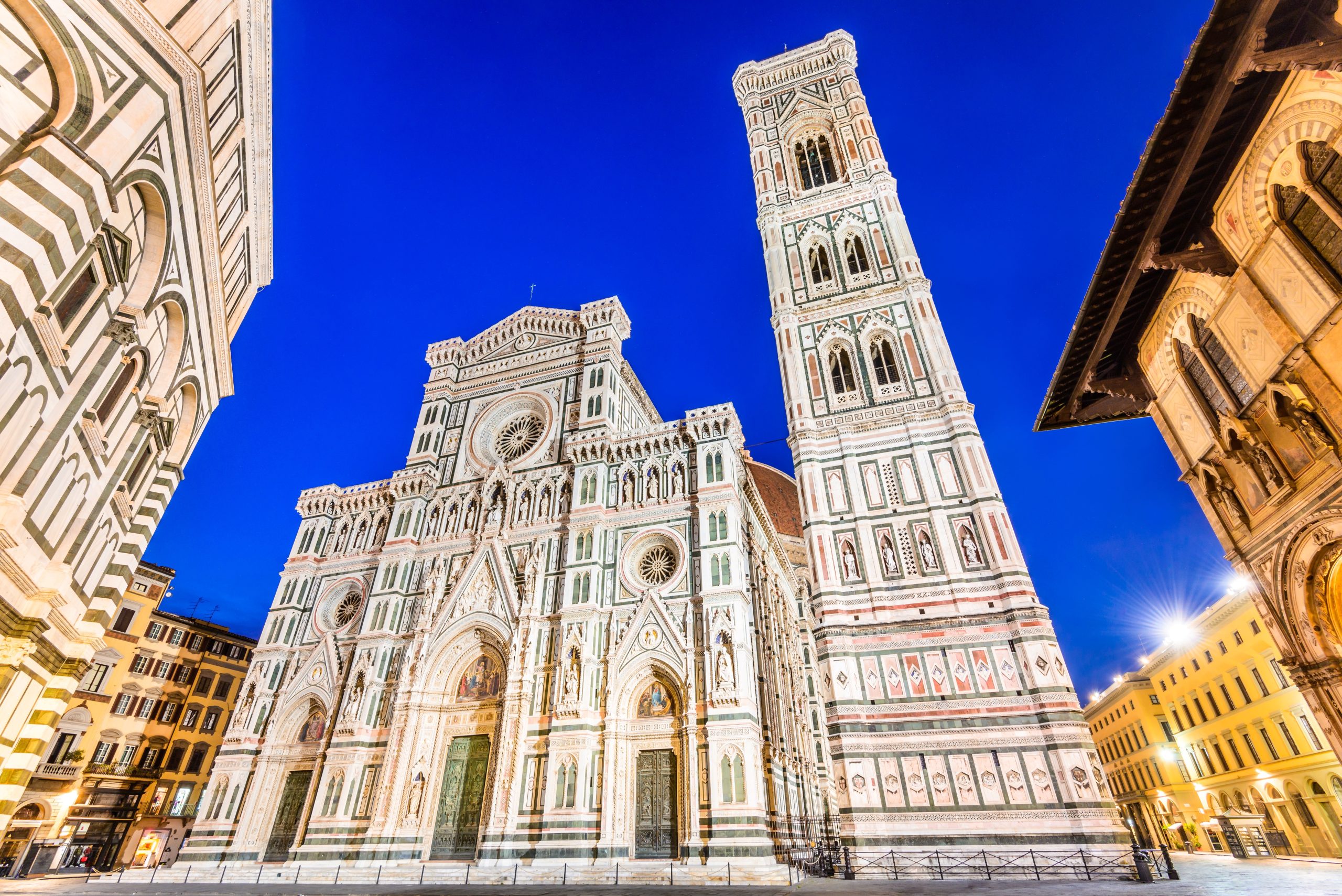
Florence
It is just over an hour from the centre of eastern Etruria, the maximum distance that we are willing to tolerate on Visit Etruria. It’s not insignificant, but we can make an exception for Florence. Speaking of Etruria in the strict sense, the most famous Etruscan work is kept in the Museo Archeologico Nazionale of Florence, namely the Chimera of Arezzo, a bronze sculpture found in Arezzo. Florence is the cradle of the Renaissance, so there are countless things to see, but the most famous are: Piazza del Duomo, Ponte Vecchio, Piazza della Signoria, Galleria degli Uffizi and Galleria dell’Accademia. Exhibited in this latter is Michelangelo’s David, the most famous work of art in the city. More info about Florence.
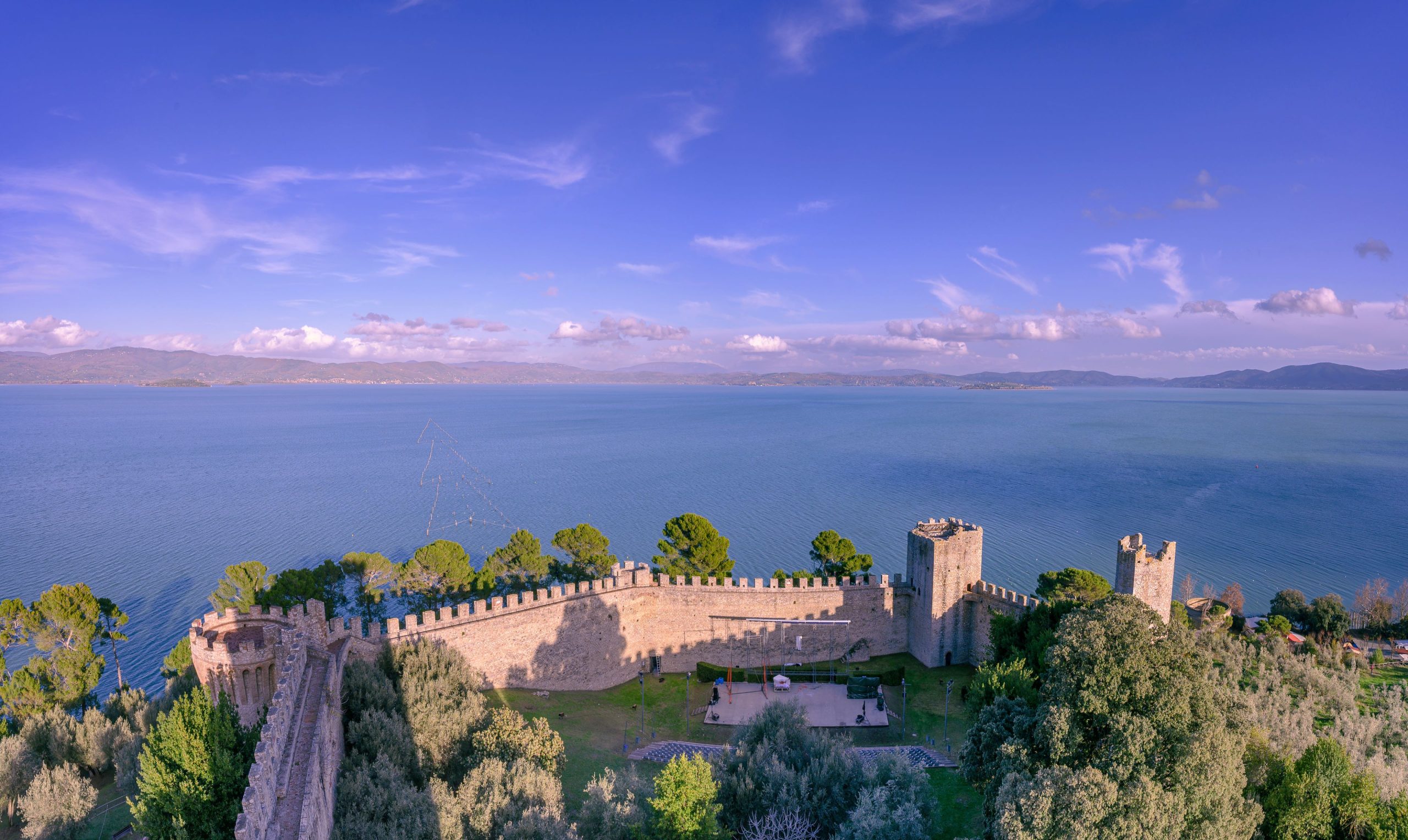
Castiglione del Lago
Both in terms of inhabitants and surface area, it is the biggest municipality on Lake Trasimeno, the largest lake on peninsular Italy. From Castiglione del Lago you can also reach the two islands open to visitors. The Palazzo Ducale is the most important monument in the historic centre, and boasts direct access to the medieval fortress, from which you can enjoy a wonderful panoramic view of the lake and the surrounding area. On the lake there is a large tree-shaped figure: this is a Christmas tree on water, the largest in the world. More info about Castiglione del Lago.
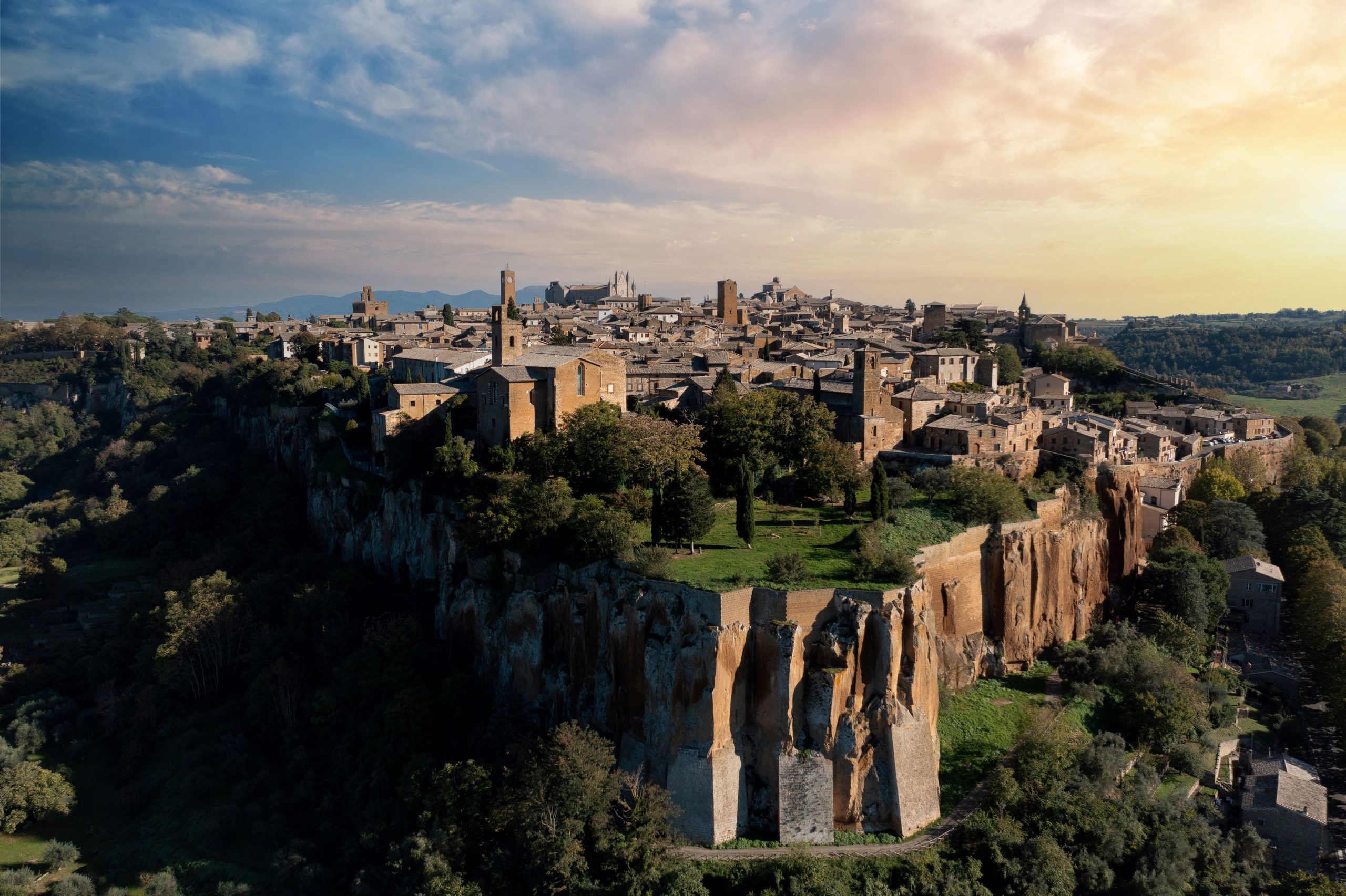
Orvieto
The town of Orvieto is above an imposing tuff cliff in Umbria, near the border with Tuscany and Lazio. It is famous for its Duomo, a marvel of Gothic art, in which Beato Angelico and Signorelli worked on the interiors. The renowned Eucharistic Miracle of Bolsena is on display in the Museo dell’Opera del Duomo. It is also known for its wells and the thousand-year-old underground city, which speleologists only brought to light in recent years. More info about Orvieto.
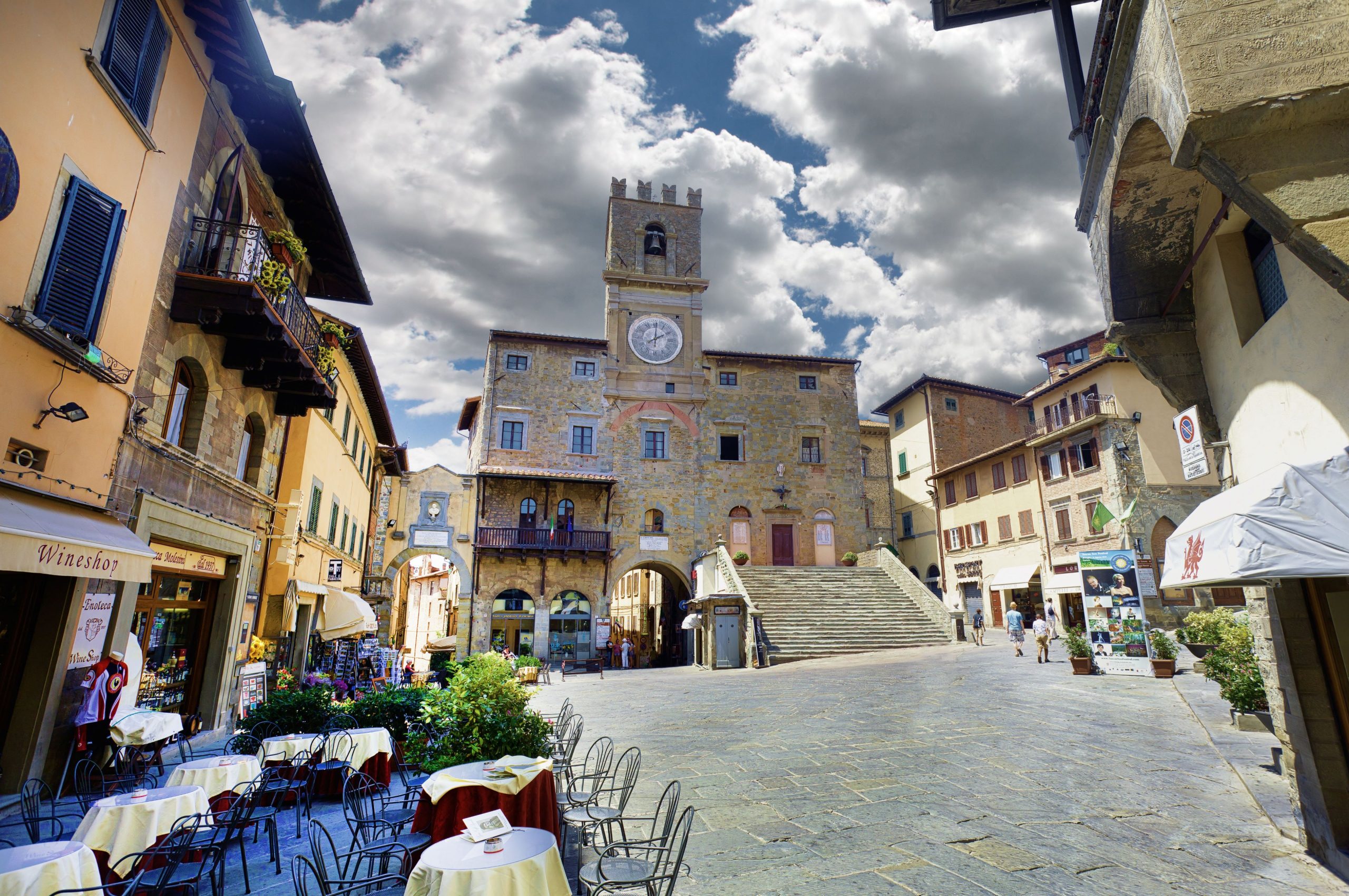
Cortona
It is the most populated municipality after the capitals, however the hill on which the old town is located has largely managed to keep its landscape free of new buildings. Thanks to the film “Under the Tuscan Sun”, it became the most famous village in Tuscany and in all of Eastern Etruria. There are several things to see in the town: the MAEC Etruscan museum, the famous Piazza della Repubblica, the panoramic terrace of Piazza Garibaldi, the sanctuary of Saint Margaret of Cortona, the Franciscan hermitage “Le Celle”, Fortezza del Girifalco and more. More info about Cortona.
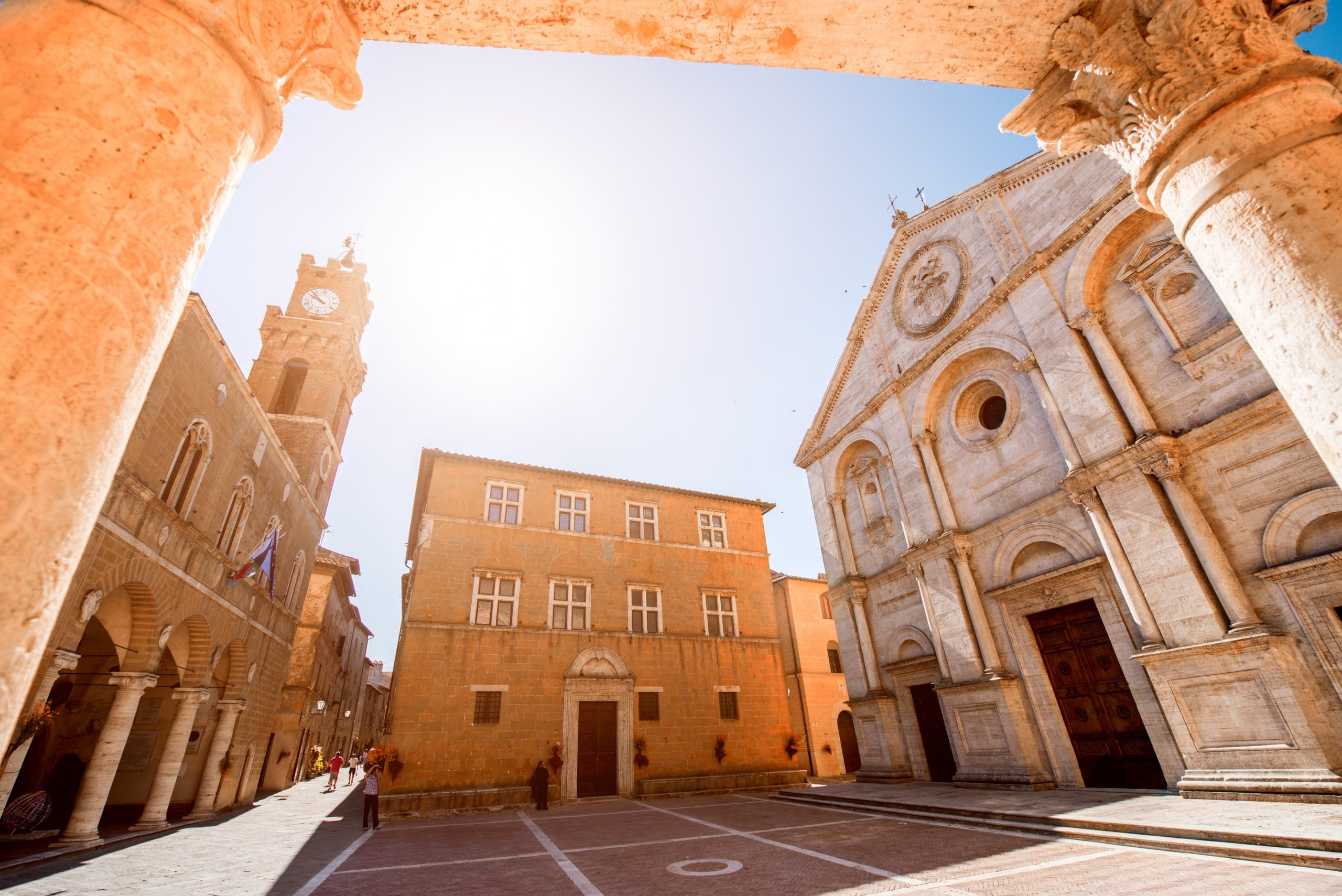
Pienza
In relation to the inhabitants, the number of searches made with touristic intentions make it one of the most exciting destinations. Pienza is located in Val d’Orcia, 20 kilometres from the Valdichiana tollbooth. It was redesigned in the Renaissance by Pope Pius II, a native of Pienza. Indeed, the historic centre, a UNESCO site, represents the first application of the humanistic and Renaissance concept of urban design. Its shops display the famous Pecorino di Pienza. More info about Pienza.
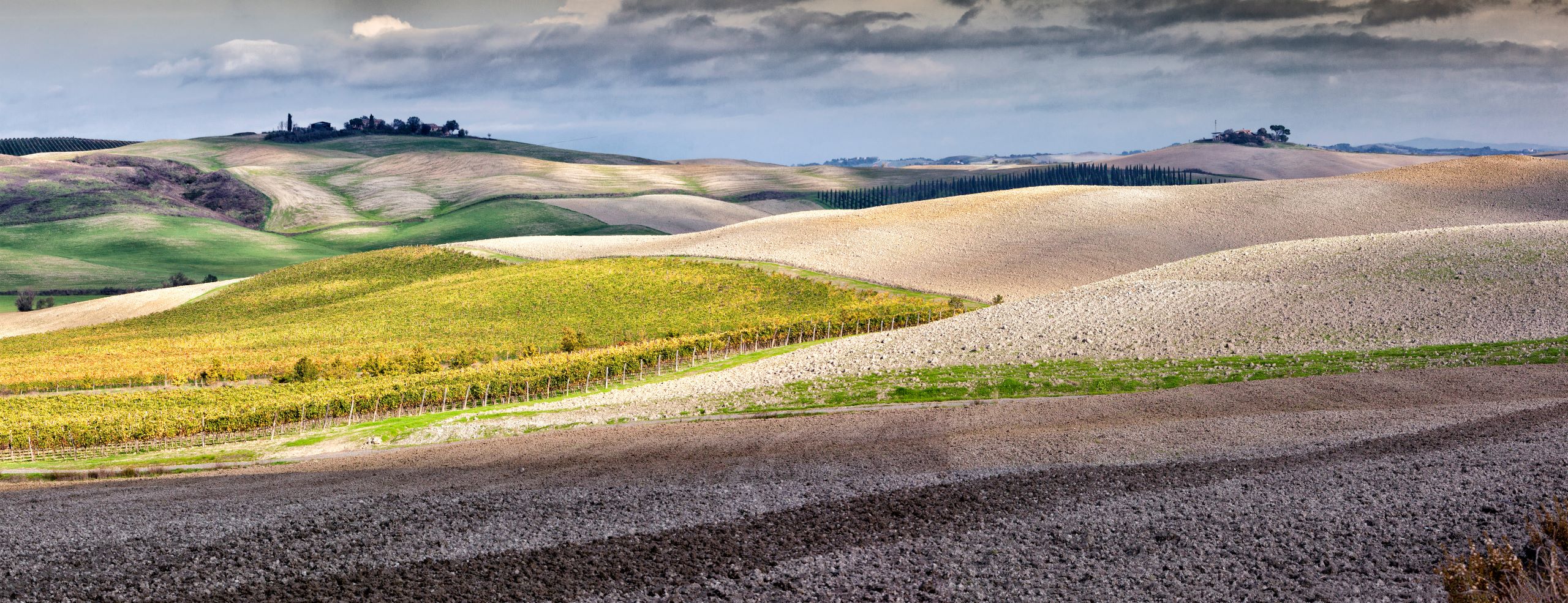
Asciano
Immersed in the nature of the Crete Senesi, the famous clay hills southeast of Siena, Asciano is a typical medieval village. In the historic centre there is a Franciscan church and a civic museum of archaeology and sacred art. Ten kilometres from the village is the famous Abbey of Monte Oliveto Maggiore, an imposing monastic complex dating back to the Middle Ages. The congregation of which it is the head brings together Benedictine monks particularly devoted to Mary. The frescoes in the great cloister were begun by Luca Signorelli. There is also a shop in the abbey that sells typical farm produce. More info about Asciano.
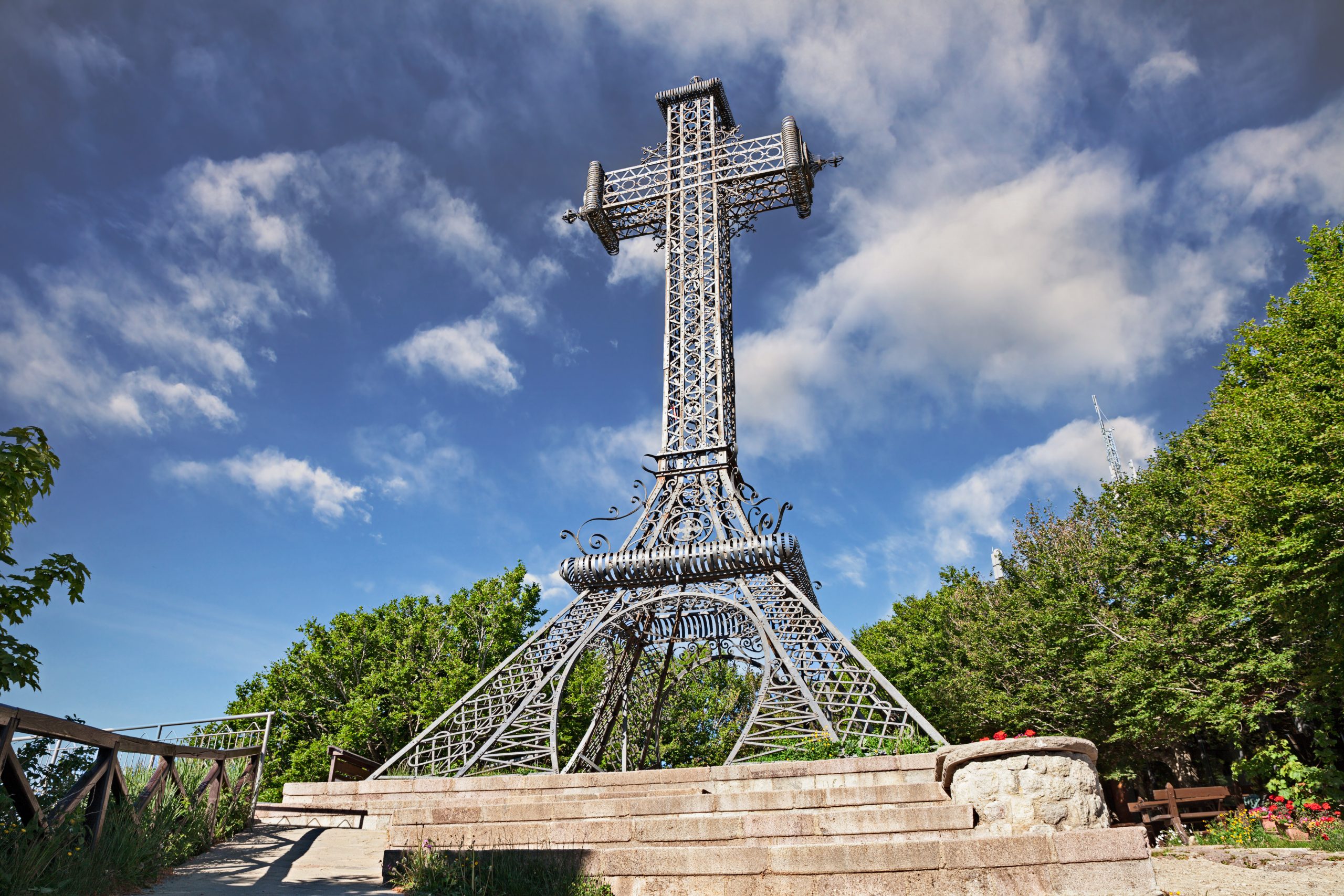
Mount Amiata
If you want to go to the mountains, the most characteristic mountain destination in Eastern Etruria, indeed in the whole of Etruria, is certainly Mount Amiata. At 1,738 metres, it is the highest mountain in all of Etruria; from its top you can see half of Italy and it is the reference point in the most beautiful sunsets of Eastern Etruria. It is a volcano, easily recognisable as such given the huge difference in height compared to the surrounding area. It is dormant, but the proliferation of spas in its vicinity says much about its volcanic nature. Some data on the Amiata: 10 km of alpine ski slopes, 8 ski lifts, more than 10 km of Nordic ski slopes, a multitude of hiking trails and the largest beech forest in Europe, ideal for some regenerating Forest Bathing.
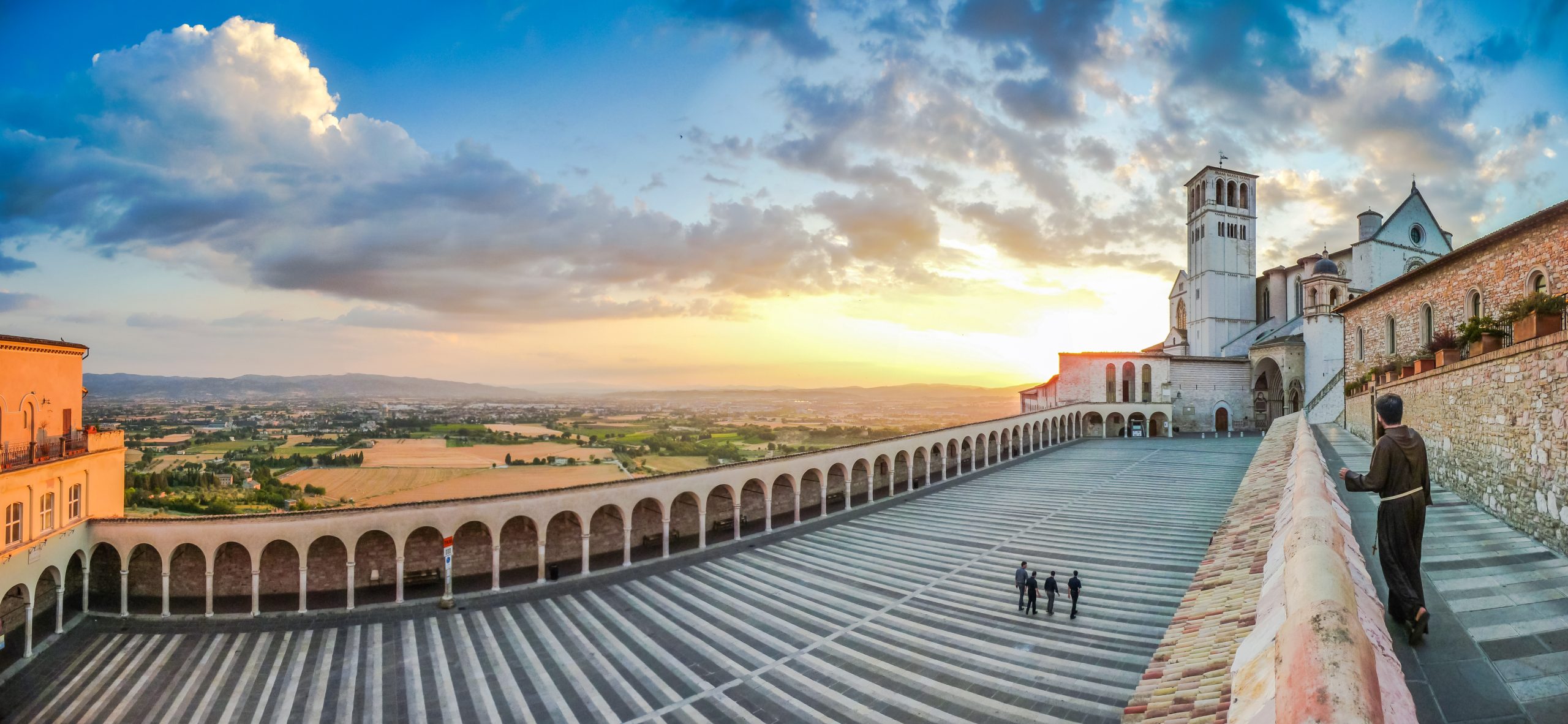
Extra: Assisi
Beyond the borders of Etruria, but only 20 minutes from Perugia, there is the most visited city in Umbria: Assisi, one of the main destinations for spiritual tourism. Its fame is due to Saint Francis of Assisi, founder of the Franciscan Order, which is characterised by voluntary poverty at the service of the poor. The saint’s remains are preserved in the Basilica of San Francesco, where Cimabue, Giotto, the Lorenzetti brothers and Simone Martini worked. From here you can walk to the Piazza del Comune, embellished, among other things, by the Temple of Minerva (1st century BC). Nearby: the Duomo, the Pinacoteca, the fortress and the Basilica of Santa Chiara. 4 km from the historical centre, there is the Basilica of Santa Maria degli Angeli in Porziuncola, where Saint Francis composed the Canticle of Creatures and died on 3 October 1226. Saint Francis is the patron saint of Italy together with Saint Catherine of Siena. Pope John Paul II elected Assisi as the Capital of Peace and Dialogue. More info about Assisi.
